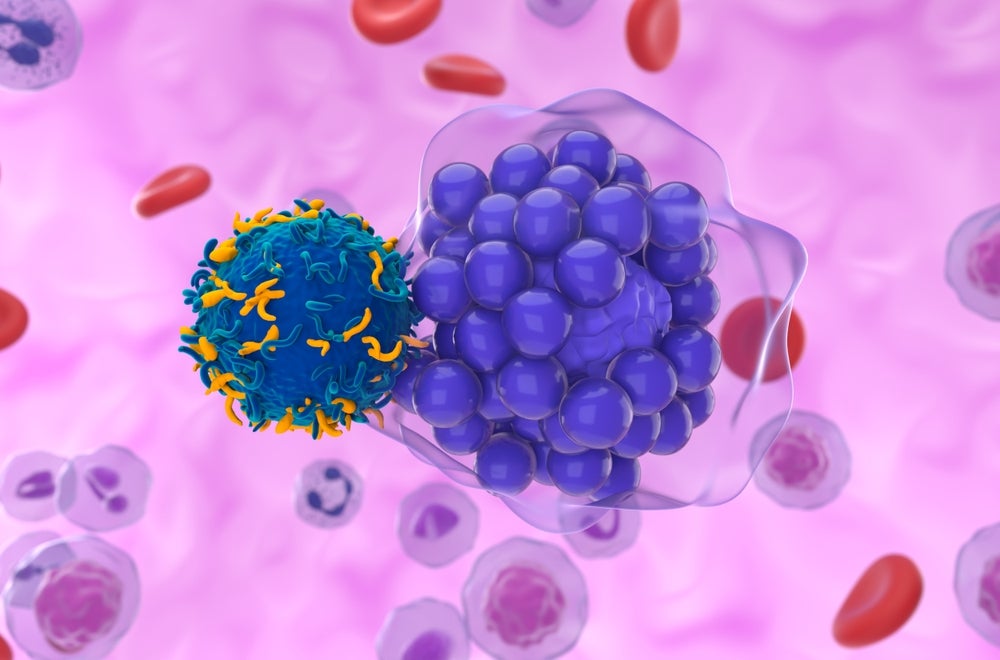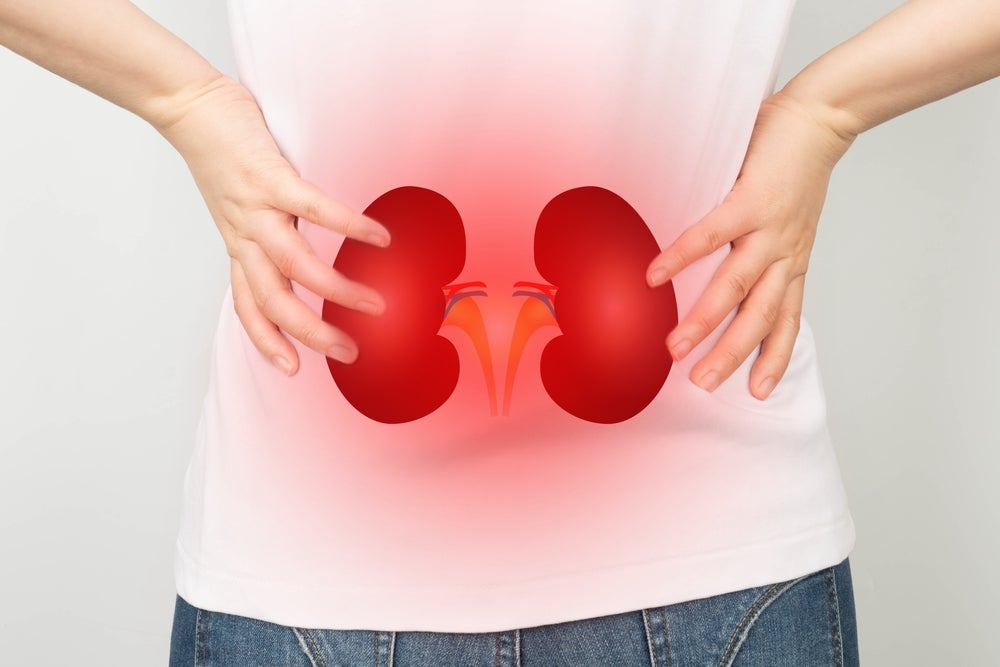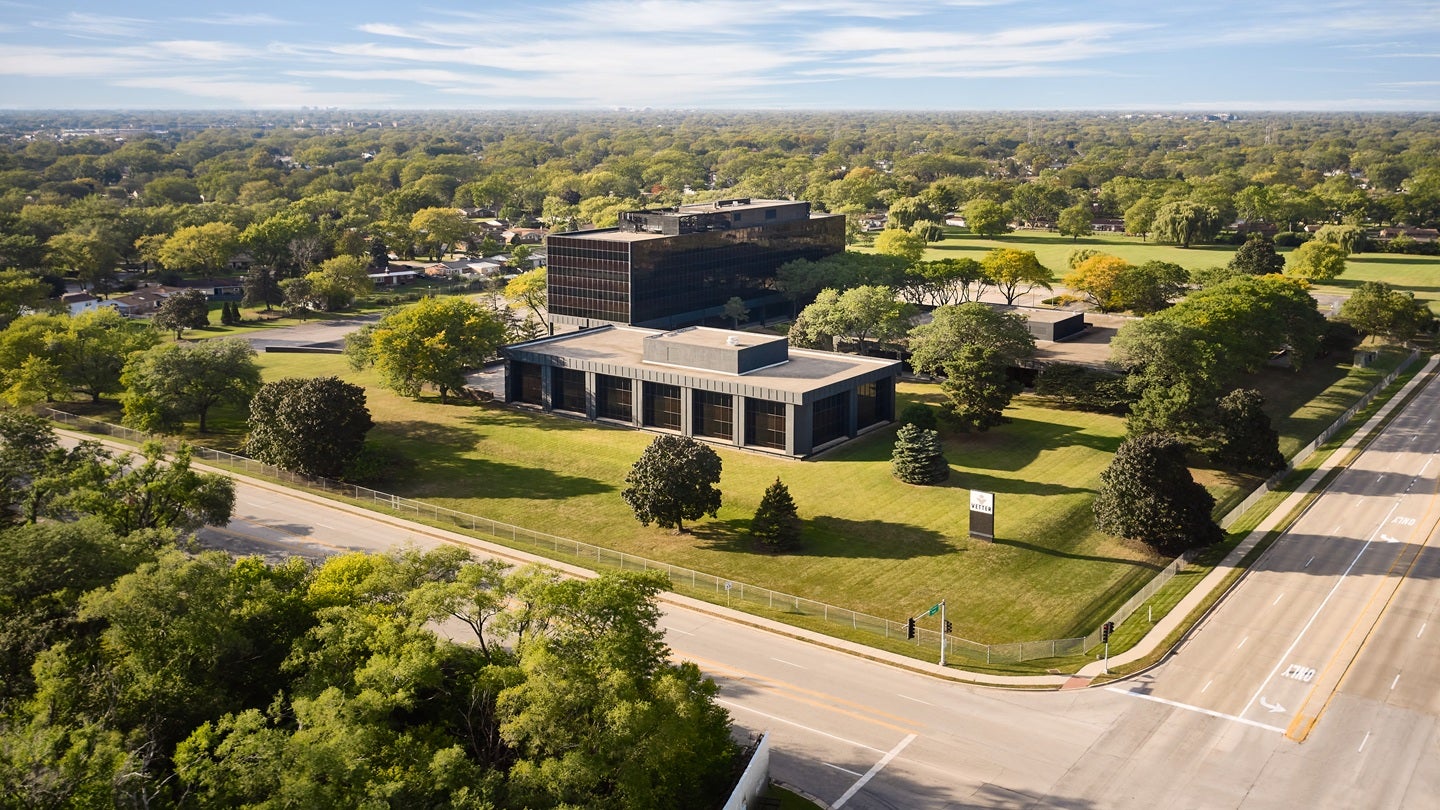Mount Sinai Researchers Unveil Groundbreaking Findings at SLEEP 2025 Conference
Sleep Medicine Breakthroughs from Mount Sinai Experts Revealed at SLEEP 2025 Conference The 39th annual meeting of the Associated Professional Sleep Societies—SLEEP 2025—held from June 8-11 in Seattle, showcased pioneering research by sleep medicine experts from Mount Sinai Health System. These researchers are driving cutting-edge advances in understanding how sleep intricacies impact memory consolidation, neurodegenerative […]


Sleep Medicine Breakthroughs from Mount Sinai Experts Revealed at SLEEP 2025 Conference
The 39th annual meeting of the Associated Professional Sleep Societies—SLEEP 2025—held from June 8-11 in Seattle, showcased pioneering research by sleep medicine experts from Mount Sinai Health System. These researchers are driving cutting-edge advances in understanding how sleep intricacies impact memory consolidation, neurodegenerative diseases, cardiometabolic health, and beyond. Their findings, published in an online supplement of the journal Sleep, are poised to reshape how clinicians and scientists approach sleep-related disorders and their systemic consequences.
The spectrum of research presented encompasses urgent questions regarding the physiological mechanisms underlying sleep and its disruption. A notable presentation by Dr. Andrew W. Varga addressed whether the failure of the brain’s cleaning processes during sleep—critical to the brain’s waste clearance through the glymphatic system—is a causal factor in Alzheimer’s disease. By dissecting the complex interaction between sleep architecture and cerebral proteostasis, this work provides novel insights into potential therapeutic targets for neurodegeneration.
.adsslot_fINVD5cyMg{ width:728px !important; height:90px !important; }
@media (max-width:1199px) { .adsslot_fINVD5cyMg{ width:468px !important; height:60px !important; } }
@media (max-width:767px) { .adsslot_fINVD5cyMg{ width:320px !important; height:50px !important; } }
ADVERTISEMENT
On another front, Dr. Emmanuel During focused on biomarker updates related to REM Sleep Behavior Disorder (RBD), leveraging neurophysiology, actigraphy, and biofluid markers. Their work highlights how robust multimodal biomarker identification can facilitate earlier and more precise diagnosis of RBD, a condition with profound links to synucleinopathies such as Parkinson’s disease and dementia with Lewy bodies. This approach dovetails with computational advancements utilizing actigraphy-based classifiers, aiming for non-invasive, scalable screening.
Investigations into sleep apnea’s impact on neurodegeneration were featured prominently. Drs. Korey Kam and Anna Mullins discussed the differential effects obstructive sleep apnea (OSA) exerts on Alzheimer’s pathogenesis, emphasizing physiological, racial, and sex-specific mechanisms. Their symposium underscored how OSA’s intermittent hypoxia and sleep fragmentation may accelerate neurodegenerative cascades, with critical variance influenced by demographic factors.
Several poster presentations delved into the intersection between sleep physiology and cognitive function across lifespan and disease states. For instance, Anjona Datta and Daphne Valencia examined the influence of REM-specific OSA and hypoxic burden on sleep-dependent spatial navigational memory and white matter integrity in cognitively normal elderly adults. Their use of diffusion tensor imaging (DTI) elucidates microstructural brain alterations that may underlie cognitive decline linked to sleep-disordered breathing.
Furthermore, research by Anna Mullins explored how encoding opportunities and slow wave activity during sleep modulate spatial memory consolidation in older adults. This study tackles the decline in sleep microstructure with age, proposing that amplified encoding before sleep can mitigate cognitive deterioration effects, a finding with profound implications for interventions in aging populations.
Animal model research by Kerly Lozano investigated early adult sleep disruption in PS19 tauopathy mice, tracking longitudinal changes in spatial learning, neuroinflammation, and tau pathology. This translational work strengthens the mechanistic understanding of how sleep deficiencies influence tau-mediated neurodegeneration, bolstering arguments for prioritizing sleep health in Alzheimer’s disease prevention.
On the technology and methodology front, Benjamin Fox and Sajila Wickramaratne presented the creation of a Transformer-based machine learning model that processes full-night multichannel polysomnographic data to predict cardiovascular mortality risk. This innovation represents a leap forward in detecting cardiometabolic risks rooted in sleep disorders, illustrating the confluence of artificial intelligence and biomedical data for predictive healthcare.
Automated scoring techniques were critically evaluated in studies such as Dr. Thomas Tolbert’s comparison of automated versus manual arousal threshold estimation using polysomnography. Automated methods based on EEG power enhance phenotyping accuracy and efficiency in OSA endotyping, potentially transforming clinical sleep diagnostics.
Exploring demographic nuances, Sarah Chu analyzed physiological burdens of OSA across diverse populations from the Sleep Heart Health Study and Multi-Ethnic Study of Atherosclerosis. She revealed how emerging respiratory metrics vary with age, sex, and race/ethnicity, underscoring the necessity for tailored diagnostic criteria and personalized treatment strategies.
Additional studies investigated the locus coeruleus structural integrity in older adults with OSA through ultra-high field 7 Tesla MRI, linking sleep apnea to neurodegeneration markers in this crucial brainstem region involved in arousal regulation. Such neuroimaging advances provide unprecedented resolution to examine subtle pathological changes early in disease progression.
Efforts to validate non-invasive sleep monitoring tools were also emphasized, as shown by Daphne Valencia’s assessment of the WatchPAT device’s diagnostic accuracy against concurrent polysomnography in older adults—a critical step toward accessible, community-based sleep disorder assessments.
Sleep irregularity’s connections to cardiometabolic health were dissected by Bolong Xu using actigraphy and PET/MRI imaging, revealing associations between disrupted sleep patterns and vascular inflammation independent of OSA, highlighting novel pathways by which sleep disturbances contribute to cardiovascular disease.
Mount Sinai researchers also spotlighted specialized populations, including World Trade Center rescue workers, with studies linking chronic rhinosinusitis to insomnia symptoms and cognitive impairment, echoing the importance of addressing comorbidities influencing sleep in vulnerable groups.
In the evolving landscape of sleep disorder assessments, Dr. Emmanuel During’s late-breaking research includes developing automated RBD severity rating with computer vision and machine learning classifiers for prodromal synucleinopathy screening, offering scalable solutions for early intervention in neurodegenerative diseases.
Taken together, Mount Sinai’s presentations at SLEEP 2025 represent a comprehensive, multi-disciplinary assault on the mysteries of sleep and its far-reaching effects on neurological and systemic health. Integrating advanced imaging, neurophysiology, bioinformatics, and clinical insights, these studies pave the way toward diagnostic and therapeutic innovations targeting sleep as a pillar of wellness and disease prevention.
Subject of Research: Sleep physiology, neurodegenerative diseases, obstructive sleep apnea, biomarkers, machine learning in sleep medicine.
Article Title: Sleep Medicine Breakthroughs from Mount Sinai Experts Revealed at SLEEP 2025 Conference
News Publication Date: June 8, 2025
Web References:
https://academic.oup.com/sleep/article/48/Supplement_1
Image Credits: The Mount Sinai Health System
Keywords: Sleep, REM sleep, Sleep deprivation, Neurodegenerative diseases, Alzheimer disease, Parkinson’s disease, Cognitive disorders, Dementia, Sleep apnea
Tags: cardiometabolic health and sleepglymphatic system and Alzheimer’smemory consolidation and sleepMount Sinai sleep research breakthroughsmultimodal biomarker identificationneurodegenerative disease sleep impactREM Sleep Behavior Disorder biomarkersSLEEP 2025 conference highlightssleep architecture and brain healthsleep medicine advancementssleep-related disorders researchtherapeutic targets for neurodegeneration
What's Your Reaction?

































